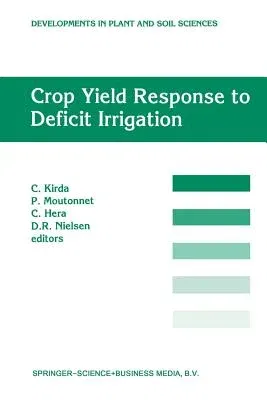Crop Yield Response to Deficit Irrigation: Report of an Fao/IAEA Co-Ordinated Research Program by Using Nuclear Techniques (Softcover Reprint of the OPaperback - Softcover Reprint of the Original 1st 1999, 14 October 2012

Qty
1
Turbo
Ships in 2 - 3 days
In Stock
Free Delivery
Cash on Delivery
15 Days
Free Returns
Secure Checkout
Part of Series
Developments in Plant and Soil Sciences
Print Length
262 pages
Language
English
Publisher
Springer
Date Published
14 Oct 2012
ISBN-10
9401059969
ISBN-13
9789401059961
Description
Product Details
Book Edition:
Softcover Reprint of the Original 1st 1999
Book Format:
Paperback
Country of Origin:
NL
Date Published:
14 October 2012
Dimensions:
23.39 x
15.6 x
1.47 cm
Genre:
Ecology
ISBN-10:
9401059969
ISBN-13:
9789401059961
Language:
English
Location:
Dordrecht
Pages:
262
Publisher:
Weight:
390.09 gm

